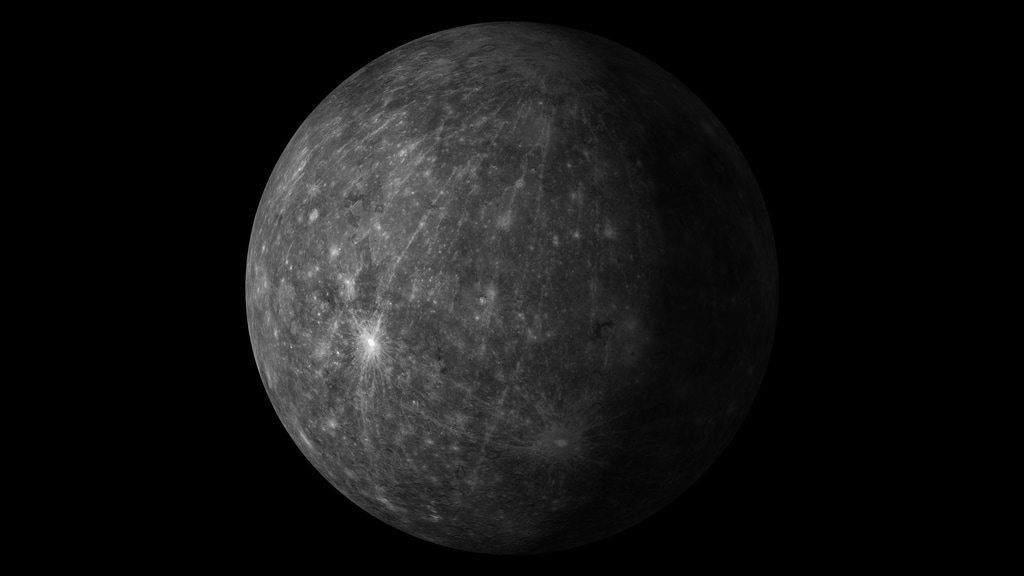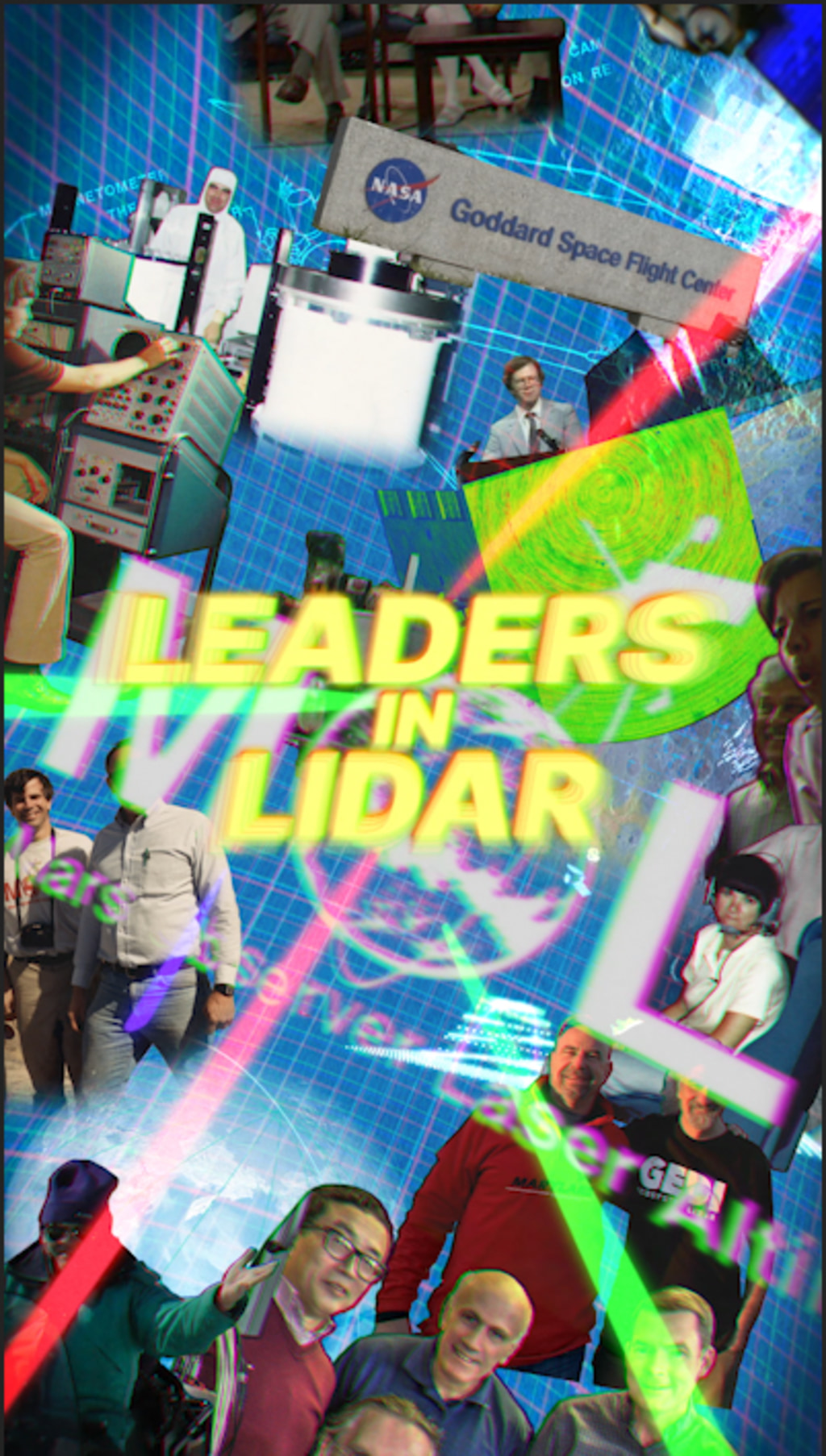A Crash On Mercury

After four years of exploring Mercury from orbit, NASA’s MESSENGER mission comes to an end.
Mercury is the smallest planet in the solar system and the closest to the sun. Temperatures on the surface can range from a sweltering 840°F during the day to a frigid -290°F at night. Such extremes make the planet especially intriguing to scientists, but a challenge to study. In 2011, NASA’s MESSENGER spacecraft entered orbit around Mercury. Equipped with a giant heat-protective blanket, the spacecraft made detailed observations at close range using a suite of scientific instruments. The mission came to an end four years later on April 30, 2015, when the spacecraft exhausted its fuel and crashed on the planet. By the end of its survey, MESSENGER had collected more than 250,000 images, allowing scientists to produce the sharpest map of Mercury ever created. Its measurements also revealed many of Mercury’s hidden secrets, including the structure and composition of rock formations seen on its surface. Explore the images to learn more about Mercury and see views taken by MESSENGER.

Mercury's surface is heavily cratered like our moon. This elevation map shows high terrain in white, and low-lying areas in purple.

Central peaks within Mercury's Abedin crater surround a curious depression (center), which may be volcanic in origin.

MESSENGER found temperatures in sunlit areas (red) and shadowed regions (blue, purple) at Mercury's north pole could differ by more than 1,000°F.

The colors in this image represent different types of geologic material seen in one of Mercury's impact basins.

Mercury is colored in the image on the right to show the diverse array of minerals on its surface.
Credits
Please give credit for this item to:
NASA's Goddard Space Flight Center
Images courtesy of NASA/Johns Hopkins University Applied Physics Laboratory/Carnegie Institution of Washington
-
Writer
- Julia Calderone (USRA)
-
Scientist
- Larry R. Nittler (Carnegie Institution of Washington)
Release date
This page was originally published on Tuesday, May 12, 2015.
This page was last updated on Wednesday, May 3, 2023 at 1:49 PM EDT.

